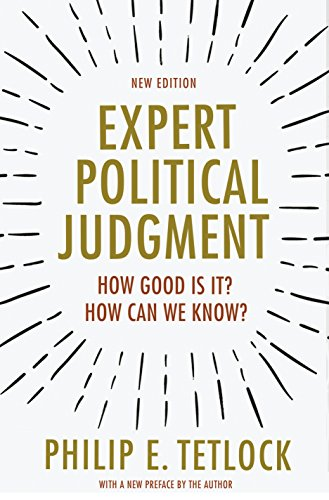
1/ The Great Beanie Baby Bubble: Mass Delusion and the Dark Side of Cute (Zac Bissonnette)
"The one thing I remember about Beanie Babies was how they made people feel so warm and fuzzy inside.... Then it just became people who saw dollar signs." (p. 73)
amazon.com/Great-Beanie-B…
"The one thing I remember about Beanie Babies was how they made people feel so warm and fuzzy inside.... Then it just became people who saw dollar signs." (p. 73)
amazon.com/Great-Beanie-B…

2/ "The collectibles business preyed on all our behavioral fallacies: over-reliance on past performance as a predictor of future returns, inflated concepts of the value of things we own, and our tendency toward movement in herds." (p. 72)
More on this:
https://twitter.com/ReformedTrader/status/1317876706414227457
3/ "Once people could buy them for $5 and flip them for two to five times as much, the speed of the fad's spread multiplied - because humans have an insatiable need to brag." (p. 91)
4/ "In the beginning she simply decreed that most retired Beanie Babies were worth $10 or $20 each, and then watched in amazement as the market went there. Gallagher, with her own collection, naturally had a strong incentive to be optimistic about her estimates." (p. 94)
5/ "As eBay's stock price rose, investors asked whether a company could really sustain a $5 billion valuation with 10% of its sales tied to collectors swapping Beanie Babies. Did that mean the market was valuing eBay's business selling Beanie Babies at $500 million?" (p. 123)
6/ "People don't think in terms of information. They think in terms of narratives. The stories of people buying $5 Beanie Babies and then selling them to pay for cars spread of the word of Beanie Babies more efficiently than any deliberate marketing strategy could have." (p. 127)
7/ "Yes, we are behind on our house payment, and I beg my husband to buy me 'oh, just one'... My fifteen-year-old son has cerebral palsy. I tell myself that he can use the proceeds from these Beanies to help himself maintain a decent lifestyle after I am gone." (p. 141)
8/ "All speculative manias rely on self-proclaimed and media-anointed soothsayers. The craze never could have inflated as much as it did without the implied credibility that came from books, magazines, and charismatic prognosticators extolling the toys' investment value." (p.143)
9/ "It is often said of the gold rush that the people who got rich were the shovel dealers who profited from the greed of the forty-niners. With Beanie Babies, most of the lasting personal fortunes came from selling books & tag protectors, not from speculating in plush." (p. 144)
10/ "McDonald's reported production of one hundred million Teeny Beanie Babies, enough to fill the largest Happy Meal order in history.... That should have warned consumers that these were unlikely to be scarce enough to appreciate in value, but it didn't." (p. 156)
11/ "Vendors who had been smart enough to avoid Beanies in the early days jumped on the bandwagon just as the craze peaked.... It was the worst possible time to start collecting Beanie Babies, so naturally, more people than ever started collecting Beanie Babies." (pp. 165-7)
12/ "eBay was now making it easier for collectors to find the Beanies they were missing. The market had become more transparent, and price guide publishers had lost their ability to impact prices.... any slowdown in growth could instantly stoke pessimism." (p. 171)
13/ " 'Ty became to believe that he was a genius, and that every idea he had was brilliant.... After the Beanie mania had produced huge financial results, he focused on the money rather than the people.' " (p. 189)
14/ "Ty's sales reps who became millionaires mostly blew through the money on cars, boats, and Internet stocks - profiting from a bubble while oblivious to its inability to last. In the nearly fifteen years since... few have come close to the incomes they achieved then." (p. 203)
15/ "Today's kids known them only as toys because they're too young to remember that there was at time when people abandoned their senses over beanbag animals." (pp. 243-4)
16/ "As investors, we often take comfort in the belief that things that are stretched will always revert back to some mean. When we all need to believe something, however, that reversion may take far, far longer than our empirical models tell us."
epsilontheory.com/blast-from-the…
epsilontheory.com/blast-from-the…
18/ "I remember someone tried to sell me a Mark Grace (Cubs first basemen at the time) special rare beanie baby for $200. I told the lady that $200 was to much to pay for a bean bag. Tabasco the bull was the hot B.B because it was discontinued because..."
https://twitter.com/Freshfuel1/status/1168656845629734912
• • •
Missing some Tweet in this thread? You can try to
force a refresh








